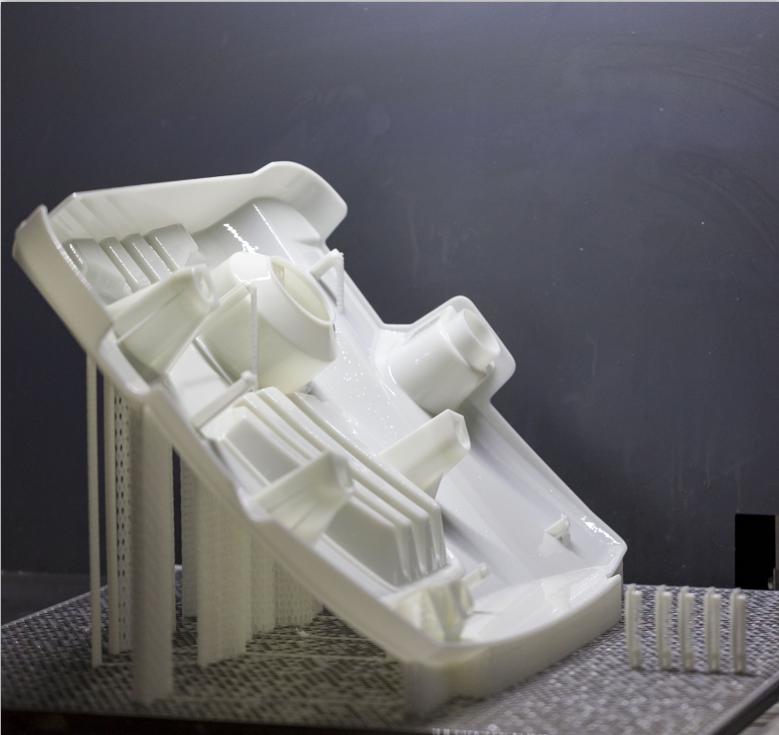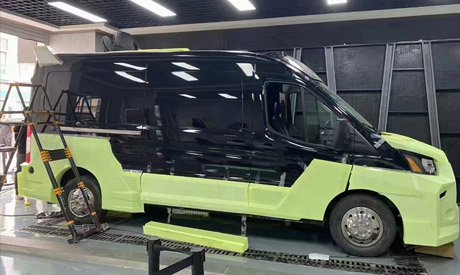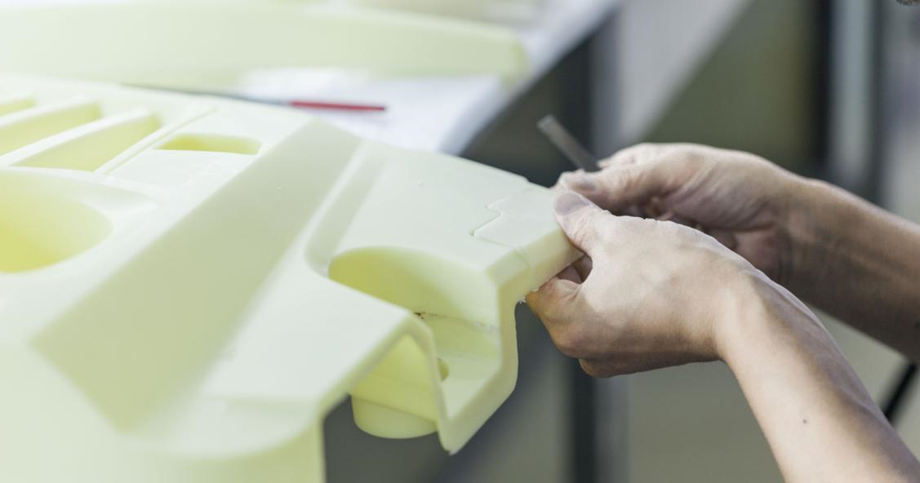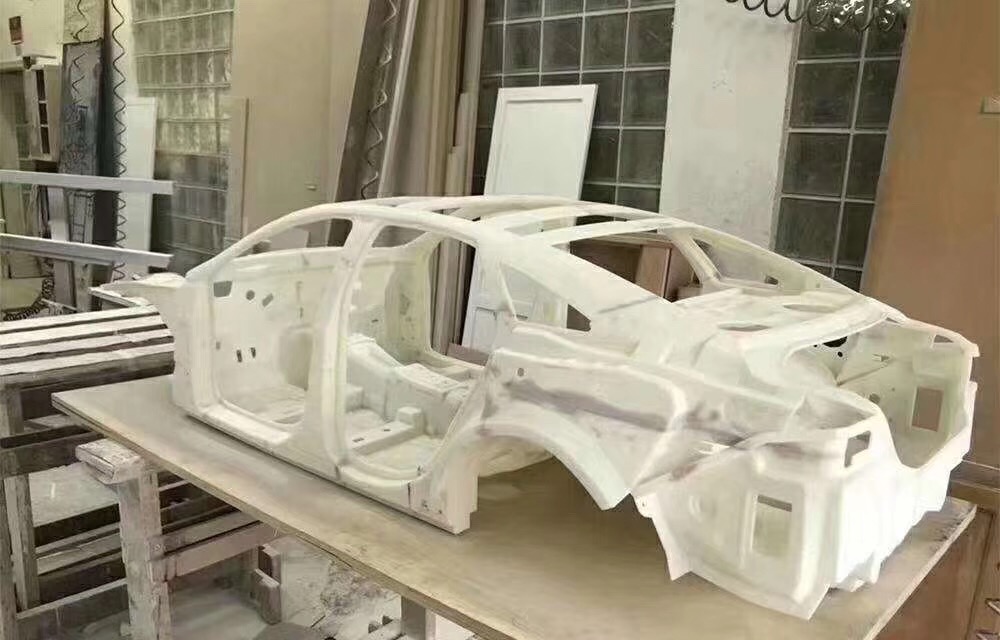3D Printing Revolutionizing the Automotive Industry: Introducing ACMEMFG's Solutions
In today's rapidly evolving automotive industry, innovation is the name of the game. From designing sleek new models to engineering cutting-edge components, automakers are constantly pushing the boundaries of what's possible. One technology that's been instrumental in driving this innovation forward is 3D printing. With its ability to rapidly prototype and produce complex parts, 3D printing has become an indispensable tool for automotive manufacturers worldwide.
The Role of 3D Printing in Automotive Industry
In the automotive industry, 3D printing is being used across various stages of product development and manufacturing. From concept design and prototyping to tooling and end-part production, 3D printing offers numerous advantages that traditional manufacturing methods simply can't match.
What Problems Can Be Solved by Using ACMEMFG's Solutions?
ACMEMFG at the forefront of 3D printing technology, offering a range of advanced solutions tailored to the unique needs of the automotive industry. Here's how our H360, H600, and H800 3D printers can address key challenges faced by automotive manufacturers:
1. Rapid Prototyping: With our H360 and H600 printers, automotive designers and engineers can quickly turn their ideas into physical prototypes. These printers offer high-speed printing and exceptional accuracy, allowing for rapid iteration and validation of design concepts. Whether it's testing a new part geometry or evaluating different assembly configurations, our printers provide the speed and precision needed to accelerate the prototyping process.
2. Complex Part Production: The automotive industry often requires the production of highly complex parts with intricate geometries. Our H800 printer excels in printing such parts with its large build volume and advanced SLA technology. Whether it's interior components, engine parts, or custom tooling, the H800 can handle the most demanding printing tasks with ease. Plus, with its high-resolution capabilities, it ensures that every detail is faithfully reproduced, resulting in parts that meet the highest quality standards.
3. Customization and Personalization: Today's consumers demand more personalized and customizable vehicles than ever before. With our 3D printing solutions, automotive manufacturers can easily meet these demands by offering bespoke interior features, customized accessories, and even personalized vehicle components. Whether it's a unique dashboard design or a custom emblem, our printers enable mass customization without the need for costly tooling changes.
What Help Does It Bring to Customer R&D Projects?
By leveraging ACMEMFG's 3D printing solutions, automotive companies can streamline their R&D projects and bring innovative products to market faster. Our printers empower design teams to:
Reduce Time-to-Market: By accelerating the prototyping process, our printers help reduce the time it takes to develop new products and bring them to market. This agility is crucial in today's fast-paced automotive industry, where speed is of the essence.
Minimize Costs: Traditional manufacturing methods often involve high tooling and setup costs, especially for low-volume production runs. Our 3D printing solutions eliminate the need for expensive tooling, allowing manufacturers to produce parts economically, even in small quantities.
Enhance Design Flexibility: With 3D printing, design constraints are a thing of the past. Our printers enable designers to create complex, organic shapes that were previously impossible to manufacture. This freedom of design opens up new possibilities for lightweighting, aerodynamics, and overall vehicle performance.
In conclusion, ACMEMFG, and highly customizable manufacturing capabilities. From rapid prototyping to mass customization, our printers are empowering automotive manufacturers to stay ahead of the curve and deliver the next generation of vehicles to consumers worldwide.
The role of SLA 3D printing in the Automotive Industry
The role of SLA 3D printing in the car modification and production process is crucial for several reasons:
1. Prototyping: SLA 3D printers, such as the ones offered by ACMEMFG Technology, allow automotive engineers and designers to quickly prototype new components and modifications. This rapid prototyping capability enables them to test different designs, fitments, and functionalities before committing to expensive production processes.
2. Customization: Car enthusiasts often seek to customize their vehicles to reflect their personal style and preferences. SLA 3D printing enables the creation of highly detailed and customized parts, such as interior trim pieces, exterior accents, and performance upgrades. These parts can be designed and printed to fit specific vehicle models and designs, providing a level of customization that traditional manufacturing methods cannot match.
3. Production of Low-Volume Parts: In the automotive aftermarket, there is a demand for low-volume production of specialized parts and accessories. SLA 3D printing allows for the cost-effective production of these parts without the need for expensive tooling or molds. This capability is particularly useful for producing niche or limited-edition components for modified or custom vehicles.
4. Functional Prototyping: SLA 3D printing materials have advanced significantly in recent years, allowing for the production of functional prototypes that closely mimic the properties of final production parts. This enables engineers to test the performance and durability of components under real-world conditions, ensuring that they meet quality and safety standards before mass production.
5. Speed and Efficiency: SLA 3D printing offers fast turnaround times, allowing automotive professionals to iterate designs quickly and bring products to market faster. This speed and efficiency are critical in the rapidly evolving automotive industry, where staying ahead of the competition is paramount.
SLA 3D printing plays a vital role in the car modification and production process by providing a cost-effective, customizable, and efficient solution for prototyping, customization, and low-volume production of automotive parts and accessories.





